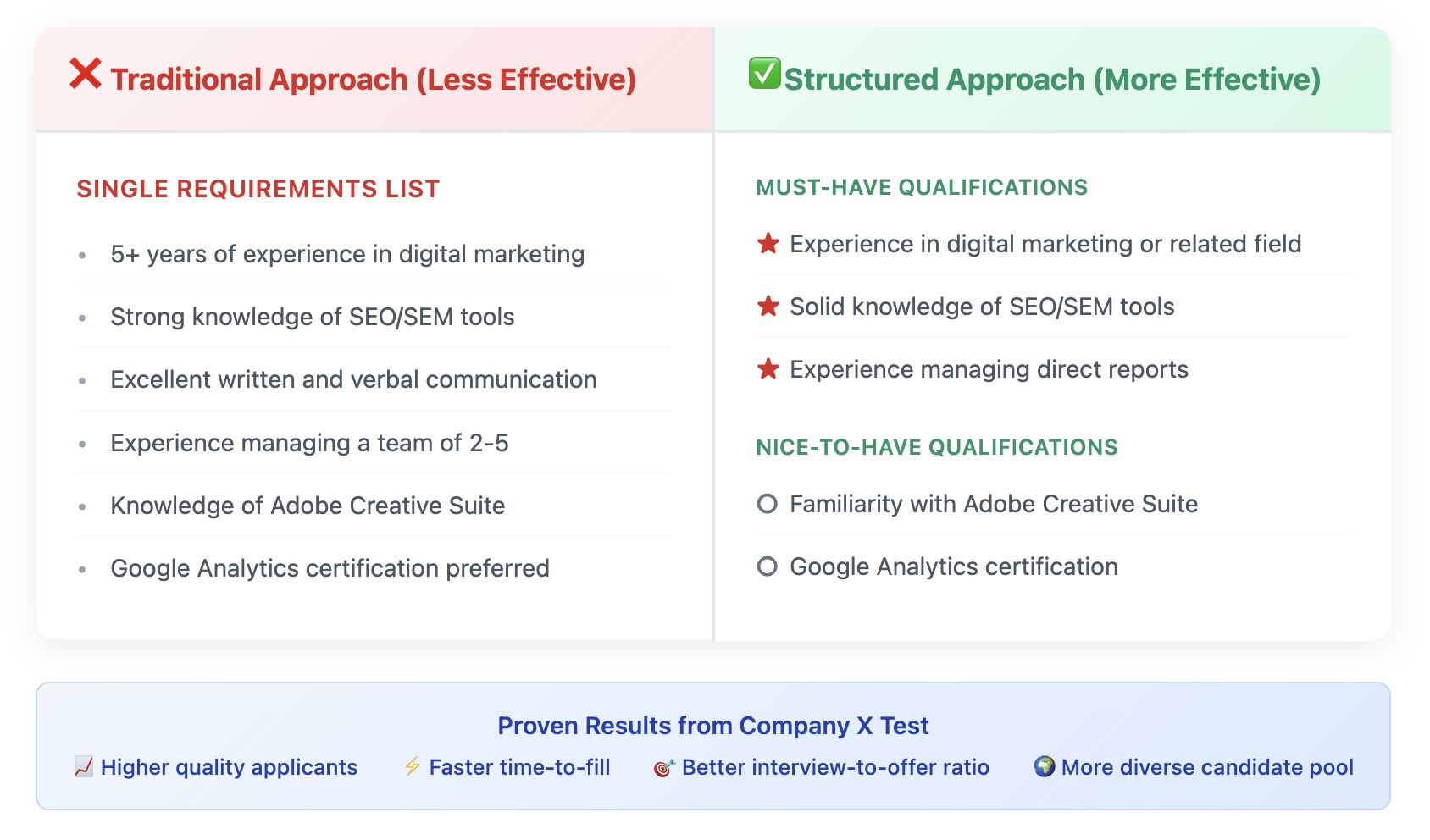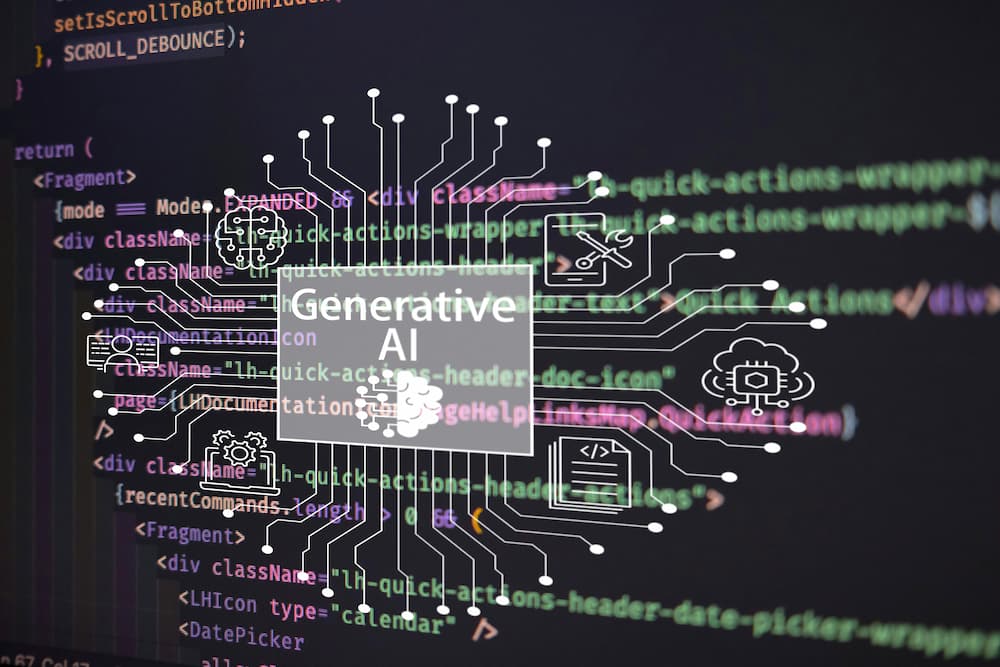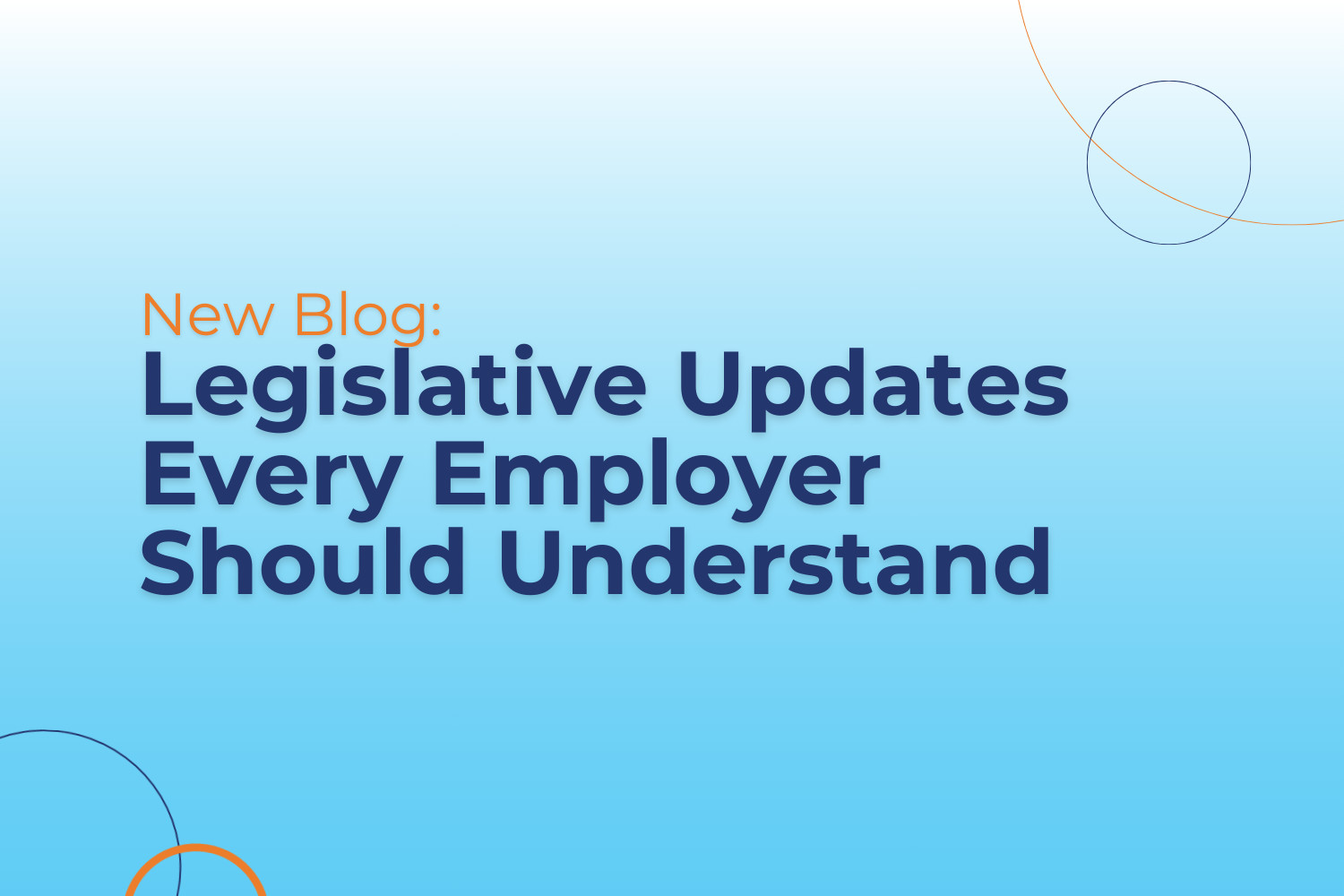In an era of relentless change and technological acceleration, traditional organizational structures are struggling to keep pace. Skills-Based Organizations (SBOs) have emerged as a transformative framework, equipping companies to navigate critical workforce challenges such as talent scarcity, rapid skill obsolescence, and evolving market dynamics. This blog post outlines the SBO model and offers HR leaders actionable strategies for effective implementation.
From Roles to Capabilities: Redefining the Organizational Blueprint
SBOs represent a fundamental shift in how work is designed and delivered. Instead of building around static job roles, these organizations structure themselves around dynamic capabilities. In this model, skills replace job titles as the core unit of work.
Think of SBOs as flexible Lego blocks, where teams are dynamically composed of skill clusters tailored to shifting business priorities. This modular design enhances adaptability, innovation, and cross-functional collaboration.
Although the concept has existed since the 1990s, today’s volatile environment—marked by technological disruption, global competition, shifting market needs, and widening skill gaps—has propelled SBOs to the forefront of strategic workforce planning.
By aligning every facet of the talent lifecycle with skill proficiency—from career development to compensation—organizations create a direct and measurable connection between individual capabilities and business outcomes.
Why Skills Are the New Strategic Priority
The growing momentum behind skills-based approaches is driven by pressing business needs. According to Fosway recent studies, 63% of HR leaders in Europe identify skills shortages as their top workforce concern for 2025 (HR REALITIES 2024 by Fosway Group).
This urgency is validated by projections from the World Economic Forum, which confirms that workers can expect that around 40% of their existing skill sets will be transformed or become outdated over the 2025-2030 period. (World Economic Forum – Future of Jobs Report 2025).
Traditional job-centric models lack the agility to respond to this magnitude of change.
Skills risk now ranks above cybersecurity on some executive agendas, underscoring its significance to business continuity and competitive positioning. Upskilling and reskilling have overtaken compliance as the primary learning priorities since 2024, reflecting this strategic shift.
This evolution requires a comprehensive mindset shift across HR functions:
- Recruitment becomes skills-first, with 81% of employers already prioritizing capabilities over credentials.
- Learning is refocused on measurable skill acquisition, not just course completion.
- Performance reviews evolve from goal-tracking to value creation based on skill impact.
- Agility and transparency become guiding principles across the talent lifecycle.
Bridging the Governance Gap
Despite broad consensus on the value of skills-based strategies, many organizations lack the foundational systems to implement them effectively. The primary barrier is a lack of visibility into existing capabilities—a governance gap.
Organizations without a clear skills inventory or structured professional framework struggle to:
- Identify critical skill gaps
- Allocate development resources strategically
- Make informed talent decisions
- Align workforce capabilities with organizational goals
Without skill-based governance, HR processes default to outdated models focused on activities and objectives rather than growth and value.
To close this gap, skills must be embedded across the entire HR ecosystem—beginning with the definition of required capabilities, followed by continuous assessment, targeted development, and strategic career movement.
Technology as a Strategic Enabler
Digital tools are essential in operationalizing skills-based models. Technology enables organizations to codify skill frameworks, collect HR data, and translate it into meaningful action.
A digitized professional system—with a structured, organization-wide skills taxonomy—is the foundation of effective skills governance. It allows companies to:
- Define standardized skills frameworks
- Assess current workforce capabilities
- Integrate skills intelligence across HR functions
- Generate actionable insights for strategic decision-making
Crucially, success depends not just on AI adoption, but on system integration. A unified data layer must feed into recruitment, workforce planning, learning, compensation, and succession. Fragmented systems and siloed dashboards dilute impact.
Leveraging AI to Drive Decisions
Artificial Intelligence can significantly accelerate skills-based transformation, provided it is grounded in clean, structured data. AI enables organizations to:
- Identify emerging patterns and risks in workforce data
- Provide personalized upskilling recommendations
- Alert leaders to capability gaps in advance
- Suggest optimal talent deployment based on skill profiles
- Reveal hidden expertise across the organization
Explainability is critical. For AI-driven insights to be trusted and adopted—especially in sensitive decisions such as hiring or promotion—users must understand the rationale behind recommendations.
For example, if AI flags a candidate as suitable for a cybersecurity role, recruiters must be able to trace the recommendation back to validated skills, proficiency levels, and training milestones.
Overcoming Implementation Challenges
Transitioning to an SBO model is not without its hurdles. Common barriers include:
- Disjointed Taxonomies: Only 46% of organizations have a single enterprise-wide skills framework, hindering cross-functional alignment.
- Technology Fatigue: Disappointment in tech investments often stems from weak foundations, not faulty tools.
- Data Quality Deficiencies: Inaccurate or incomplete data undermines AI effectiveness and strategic planning.
- Cultural Resistance: Older generations may resist change, while younger talent expects continuous skill growth. Bridging this generational divide is key.
- Lack of Managerial Buy-In: Skills strategies must be embraced by line managers to translate into operational reality.
Charting the Path Forward
For HR leaders embarking on this journey, a structured, phased approach is essential:
- Start with Critical Skills: Identify the top 200 capabilities vital to your competitive edge.
- Develop a Unified Taxonomy: Create a common language for skills that reflects your culture and business.
- Engage Line Managers Early: Operational leaders are vital in embedding skills thinking into daily workflows.
- Digitalize Your Framework: Implement platforms that codify your skill models and support ongoing assessment.
- Prioritize Data Integrity: Invest in governance to ensure accurate, comprehensive, and real-time skills data.
- Communicate the Vision: Help employees understand how SBOs benefit their career growth and the broader organization.
- Commit to Continuous Evolution: Recognize that skills transformation is iterative. Insights and improvements will emerge over time as systems mature.
The Future of Work is Skills-Driven
In an increasingly volatile business landscape, skills have become the strategic currency of the modern enterprise. The ability to identify, develop, and deploy capabilities at scale will define organizational success.
For HR leaders, embracing a skills-based approach is both a challenge and an opportunity. It elevates the role of HR from transactional to transformational, positioning it as a catalyst for business performance and resilience.
The cost of inaction is high. With nearly half of today’s core skills set to change within five years, clinging to outdated models risks obsolescence.
By establishing robust governance, integrating technology, ensuring data fidelity, and securing cross-functional alignment, HR can lead the charge in building agile, future-ready organizations.
This article is based on insights from a Talentia Talks podcast featuring Sven Elbert, Head Analyst at Fosway Group, and Fabio Cardilli, Product Manager HCM at Talentia Software.











